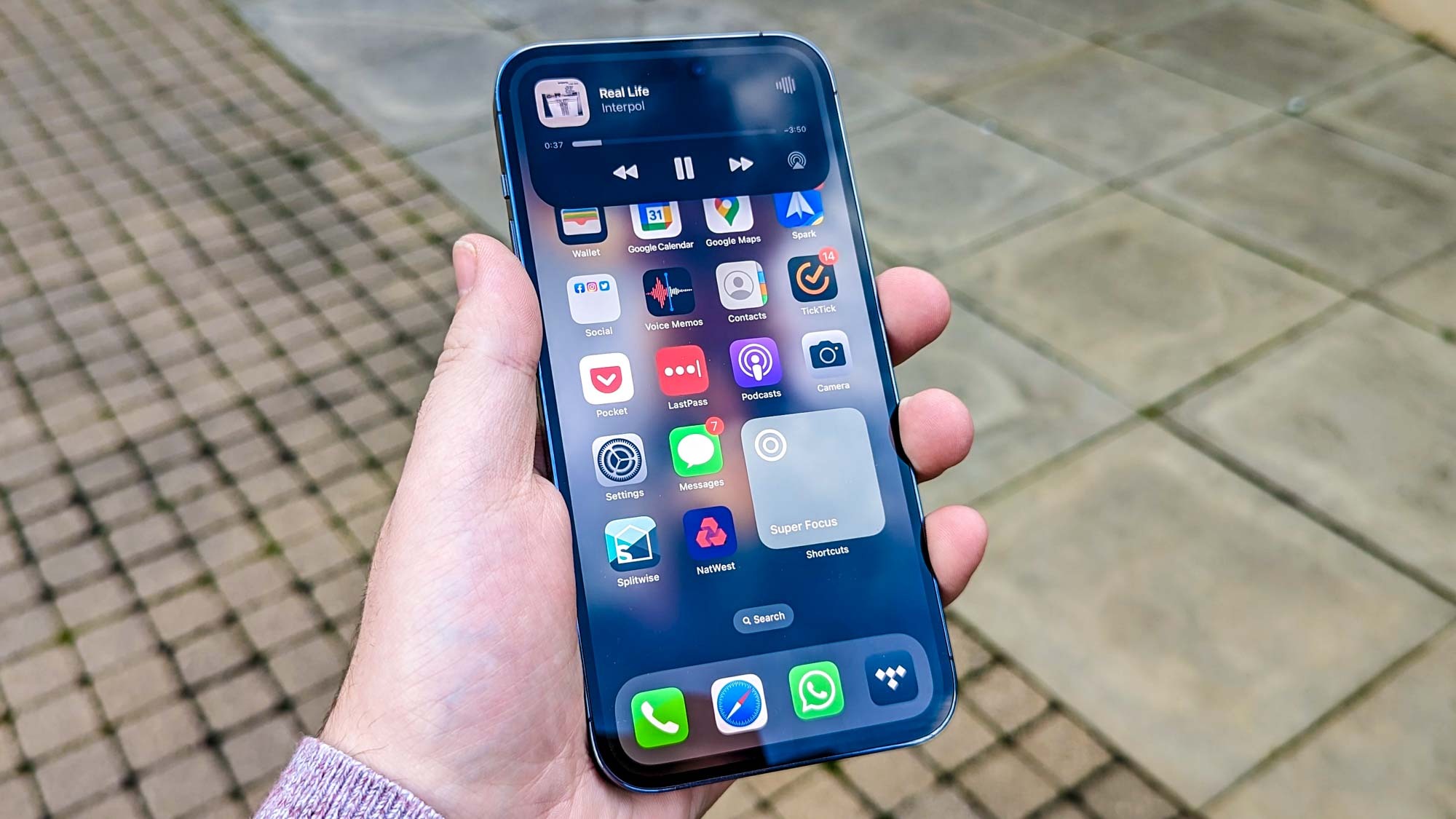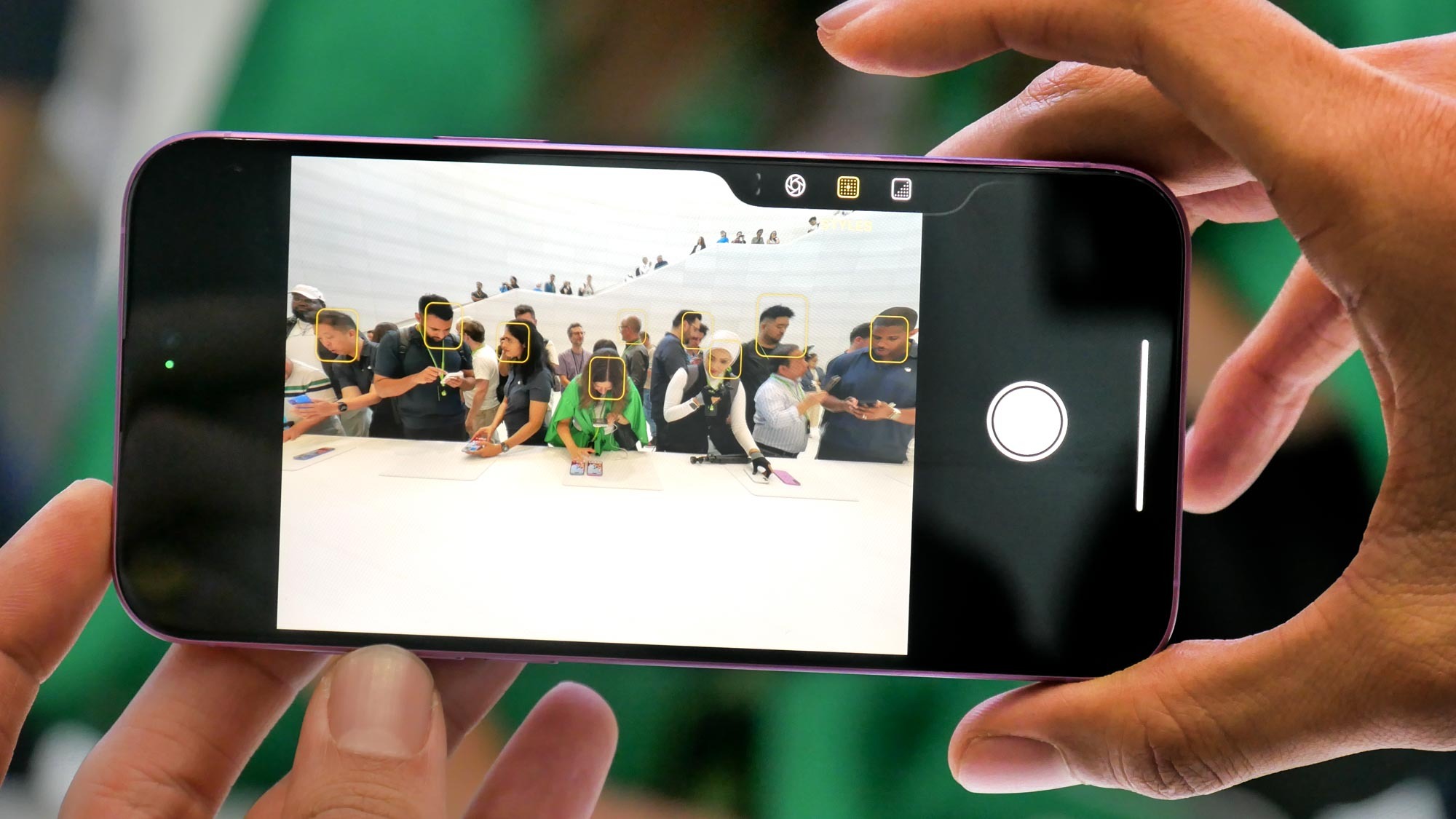iPhone 18 could kill the display cutout — here’s why that could be a disaster
Gaining more screen real estate should not come at the expense of usability

In the modern smartphone market, getting the most out of the space on-screen is crucial. That's why there's a big push by the makers of the best phones to offer true uninterrupted displays by eliminating anything that would get in the way, including cutouts for the front camera and other sensors.
I've been thinking about that after seeing several news stories about future design directions for the iPhone, whether it's next year's iPhone 18 or the 20th Anniversary iPhone looming far off on the horizon. A popular rumor for both of these phones has Apple shrinking or getting rid of the pill-shaped cutout on the iPhone's front display, which took the place of the physical notch that characterized iPhone displays from 2017 through 2022.
When I first heard about this potential change, I was as excited, but the more I've been thinking about some of the rumors, the more worried I am.
The iPhone display of the future

The notch first appeared with the iPhone X as a way for Apple to expand the screen of its phone while continuing to reserve space for the front camera and the sensors needed for Face ID unlocking. Then, starting with the iPhone 14 Pro in 2022 and moving to all iPhones by 2023, the notch made way for a pill-shaped cutout that became an integral part of Apple’s Dynamic Island feature.
While the TrueDepth camera and Face ID sensors are located in that cutout, it serves another purpose. It's where the iPhone displays alerts, notifications and live activities without interrupting the user's current task. The pill is pretty noticeable, and arguably helps the iPhone to stand out from other smartphones.
In a recent Power On Newsletter, Bloomberg’s Mark Gurman claimed that Apple will shrink the Dynamic Island in the iPhone 18. Meanwhile, The Information’s Wayne Ma reported last month that the iPhone 18 and iPhone 18 Pro would only have a small pinhole cutout in the top left corner, while the Face ID sensors will be hidden under the display.
Why this iPhone display change concerns me

In concept, removing the pill would help to make the screen even more seamless than it has already been post-notch. But I am worried about how Apple and other app developers would then design their apps and interfaces to adapt to this.
Get instant access to breaking news, the hottest reviews, great deals and helpful tips.
Currently, the pill-shaped cutout is a physical, and therefore unavoidable, part of the iPhone's interface. As a result, apps are designed around it. For instance, if you open a webpage on Google Chrome, you'll see the pill-shaped cutout placed above the address bar at the top of the screen.
If this cutout is removed, then there's no reason to stop that part of the screen from being used by an app. But that would then mean the Dynamic Island has to pop in every time it's relevant, or remain as a static on-screen cutout.
Let's go back to the Chrome web-browsing example again: imagine that you're reading something and then the Dynamic Island appears with an update. It may have to appear as an overlay, covering the address bar or text, and if it's an ongoing task, like listening to music, it would then stay there for as long as you're playing tracks.
Alternatively, if Apple makes sure that any app or feature leaves ample room for the Dynamic Island to appear then you end up with a lot of dead space, which makes apps look messy and disorganized.
In the interest of fairness, I will say that apps already struggle to make the best use of the iPhone's screen to hide the cutout. For instance, many of the best streaming services tend to make terrible use of display real estate. I've also found that games have a lot of issues when it comes to hiding the iPhone's camera cutout.
Could Apple eventually fade out the Dynamic Island?

What's more, we're at least a year away from any change this dramatic. The iPhone 17 series will arrive this fall, and while some models could see the Dynamic Island shrink, it's unlikely to disappear entirely.
I doubt the Dynamic Island is going to disappear entirely. But as a result, Apple and anyone else making apps for the iPhone is going to need to tackle the challenge of finding the Island a new home when there's no display cutout to center it around.
With multiple reports suggesting a change is in the works for iPhone starting in 2026 and beyond, hopefully Apple and co. have already been figuring out how to overcome this problem. And if they haven't, then it's time to start thinking about it.
More from Tom's Guide
- iOS 26 lets third-party apps access these two big iPhone camera features — what we know
- iPhone 17 colors just leaked — Apple could bring this popular option back
- Nothing Phone 3 specs leak claims 3 key upgrades are coming — what we know

Josh is a staff writer for Tom's Guide and is based in the UK. He has worked for several publications but now works primarily on mobile phones. Outside of phones, he has a passion for video games, novels, and Warhammer.
You must confirm your public display name before commenting
Please logout and then login again, you will then be prompted to enter your display name.
